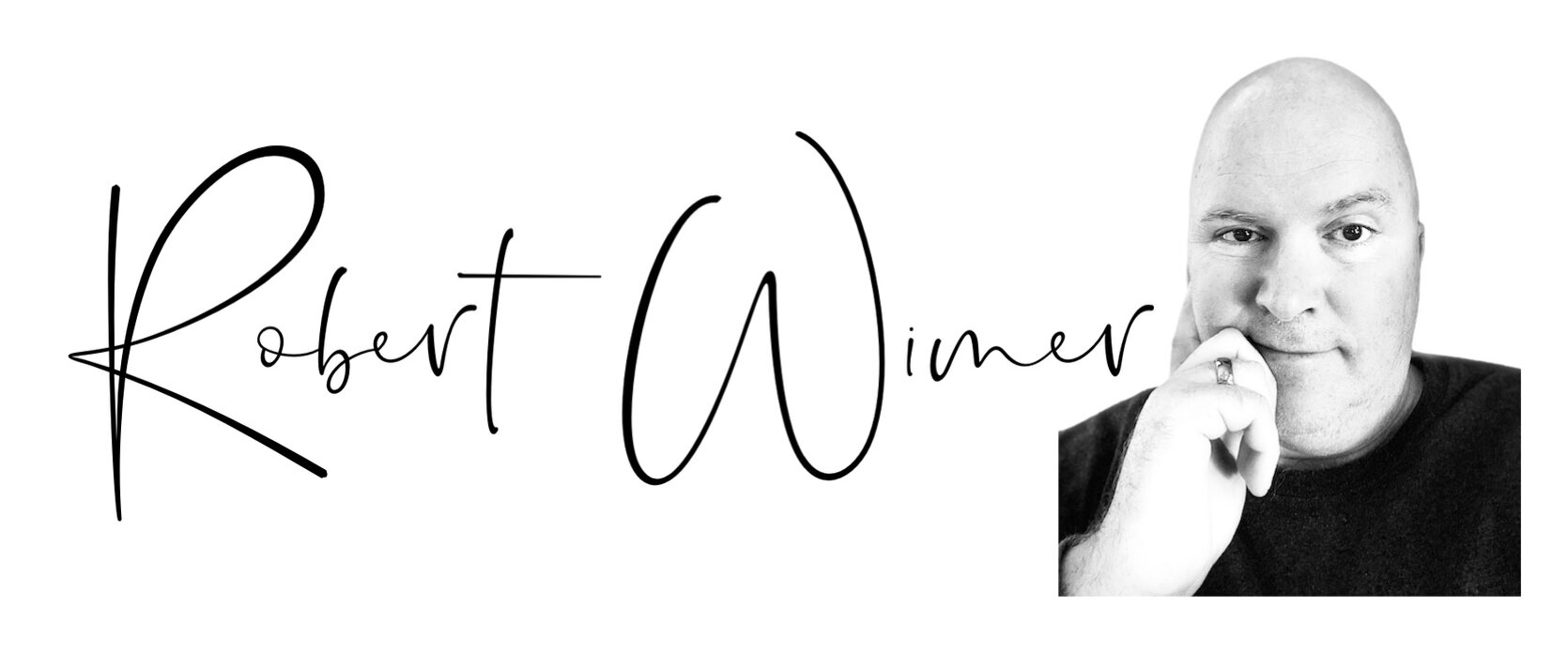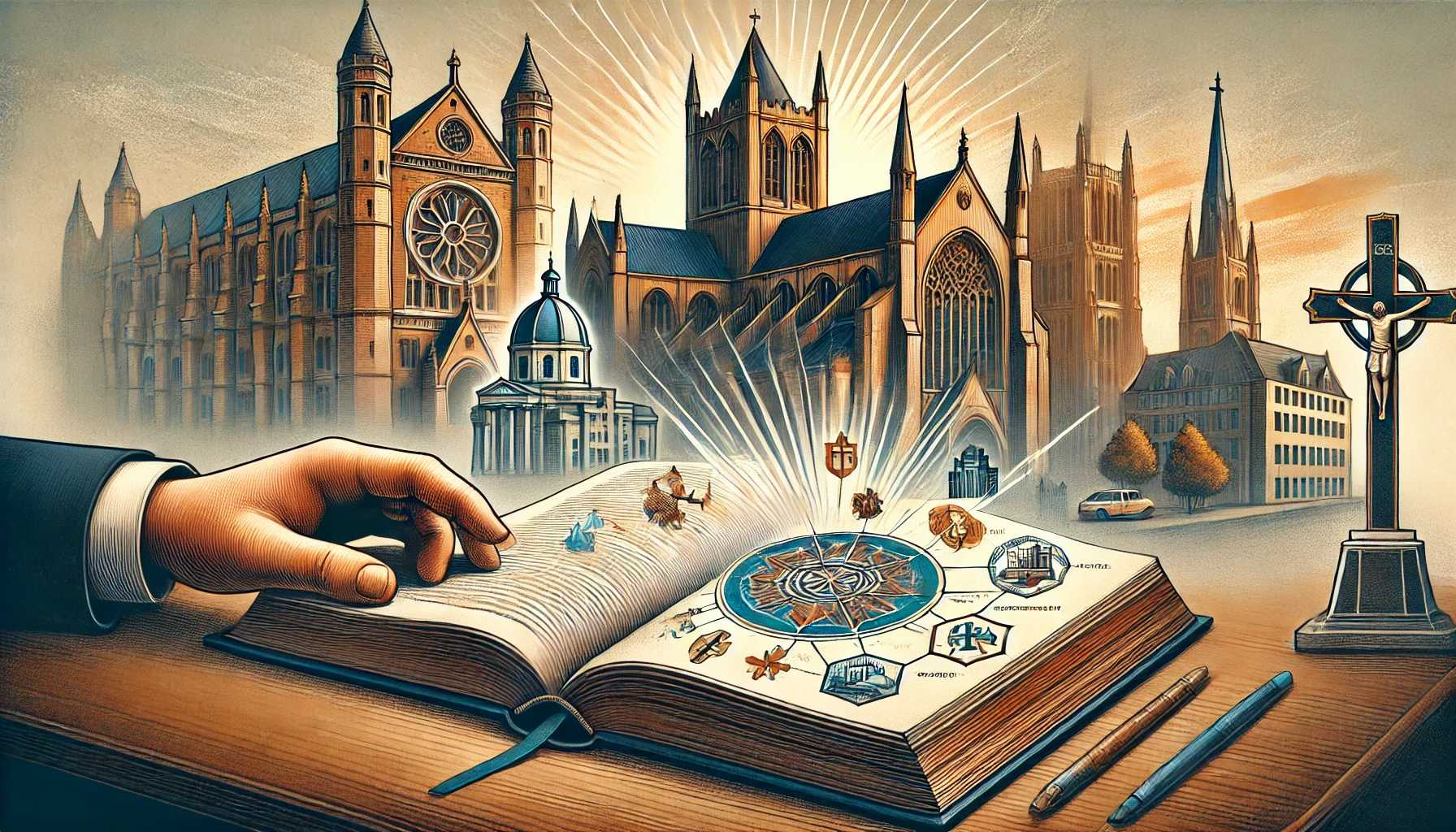Part Four: “Modernism and Fundamentalism: The Fight for the Bible in a Secularizing World.” Modernism vs. Fundamentalism (1900–1950)
The early 20th century was a pivotal moment for Christian theology. As society was hurtling forward with industrialization, new scientific discoveries, and rapidly changing cultural norms, the church found itself at a crossroads once again. The tension between modernism and fundamentalism was about more than just theology—it was a fight for the very soul of the Christian faith.
On one side, modernists sought to adapt Christianity to fit the emerging worldview of science, progress, and human reason. On the other side, fundamentalists were pushing back, insisting that the Bible was unchangeable, inerrant, and authoritative in all things. This era saw the birth of some of the sharpest divides we still see today in seminaries, churches, and Christian communities.
The Rise of Modernism in Theology
At the dawn of the 20th century, modernism was in full swing. Advances in science, particularly Darwin’s theory of evolution, had shaken the Western world’s understanding of human origins and the natural order. This wasn’t just a scientific shift—it was a cultural one. People were beginning to question long-held religious beliefs, and in many cases, the Bible was put under a microscope. Was it historically accurate? Could miracles really happen? Was there a way to reconcile Christianity with the new discoveries of science?
Harry Emerson Fosdick: A Voice for Modernism
One of the most influential modernist theologians during this time was Harry Emerson Fosdick, a Baptist preacher and a vocal critic of fundamentalism. In 1922, Fosdick delivered a sermon titled, “Shall the Fundamentalists Win?” which became a rallying cry for those who believed that Christianity needed to evolve in order to survive the modern age. In this sermon, Fosdick argued that Christianity should not be bound by literal interpretations of the Bible, especially when those interpretations clashed with modern science and intellectual thought.
Fosdick believed that the Bible, while spiritually meaningful, should be read with the understanding that it was written in a specific historical context. He urged Christians to embrace a more symbolic and metaphorical understanding of Scripture, one that left room for reinterpretation as human knowledge advanced. He rejected the inerrancy of the Bible, particularly when it came to the Genesis account of creation, the miracles of Jesus, and the virgin birth.
Now, when we compare this approach to Scripture itself, we find a stark contrast. The Bible consistently portrays itself as God’s inspired Word—not a collection of myths or evolving moral stories, but a revelation from God that is true and trustworthy in all it teaches. 2 Timothy 3:16-17 tells us that “all Scripture is God-breathed,” useful for teaching, rebuking, correcting, and training in righteousness. Fosdick’s view, which leaned heavily on human reason and modern intellectual trends, drifted away from this foundational belief in biblical authority.
The Fundamentalist Response: Holding Fast to Scripture
While modernists like Fosdick were advocating for a more flexible approach to theology, another group was digging in its heels. Fundamentalists believed that the Bible was the inerrant Word of God and that it must be defended against any attempts to dilute its authority or accuracy.
J. Gresham Machen and the Founding of Westminster Seminary
One of the most prominent defenders of fundamentalism during this era was J. Gresham Machen. Machen was a professor at Princeton Theological Seminary, which had historically been a stronghold of conservative, Reformed theology. However, as modernist ideas began to creep into Princeton’s faculty and curriculum, Machen grew increasingly concerned. He believed that the modernist movement was a direct assault on the gospel and the authority of Scripture.
In 1929, Machen left Princeton and founded Westminster Theological Seminary in Philadelphia, creating a new institution where biblical inerrancy and Reformed theology would be upheld. Machen’s book, Christianity and Liberalism, argued that modernism was not just a different interpretation of Christianity—it was a completely different religion altogether. He saw no middle ground between faith in the unchanging truth of Scripture and the liberal approach that reinterpreted the Bible to fit modern sensibilities.
Machen and other fundamentalists held tightly to the doctrine of inerrancy, the belief that the Bible, in its original manuscripts, was without error in all that it affirmed—whether about faith, history, or science. This view is grounded in passages like Psalm 119:160, which says, “The sum of your word is truth, and every one of your righteous rules endures forever.” Fundamentalists saw their fight as a necessary defense of the gospel itself.
The Fundamentals: A Call to Arms
Around the same time, a series of essays known as The Fundamentals was published between 1910 and 1915. These essays, written by conservative theologians and pastors, outlined the core doctrines that they believed were under threat from modernism. The essays defended the following five key beliefs:
- The inerrancy of Scripture (John 17:17, 2 Timothy 3:16)
- The virgin birth and deity of Christ (Isaiah 7:14, Matthew 1:23)
- The substitutionary atonement of Christ’s death (Isaiah 53:5, Romans 5:8)
- The bodily resurrection of Christ (1 Corinthians 15:3-4)
- The reality of Christ’s miracles (John 20:30-31)
These were seen as non-negotiable truths that formed the foundation of the Christian faith. The publication of The Fundamentals marked the official beginning of what we now call the fundamentalist movement, and it sparked a wave of theological battles across denominations and seminaries.
The Scopes Trial and the Battle Over Evolution
Perhaps one of the most famous cultural clashes between modernism and fundamentalism came in 1925, with the infamous Scopes Monkey Trial in Tennessee. The trial centered on whether or not evolution could be taught in public schools, but it became a much larger spectacle—a showdown between religious fundamentalists and modernists who supported the teaching of Darwin’s theory.
John Scopes, a high school teacher, was accused of violating Tennessee’s Butler Act, which made it illegal to teach human evolution in state-funded schools. The trial quickly became a media circus, with famous lawyer Clarence Darrow defending Scopes and William Jennings Bryan, a three-time presidential candidate and staunch Christian, leading the prosecution.
While Scopes was ultimately convicted (the verdict was later overturned), the trial had a lasting impact on the public’s perception of fundamentalism. Many in the media portrayed Bryan and the fundamentalists as outdated, anti-intellectual, and resistant to progress. The cultural narrative began to shift, casting modernism as the more enlightened and progressive path, while fundamentalism was seen as backward and dogmatic.
However, for fundamentalists, the trial wasn’t just about science—it was about defending the truth of the Bible. They pointed to passages like Genesis 1:1, “In the beginning, God created the heavens and the earth,” as clear evidence of God’s role in creation. For them, the stakes couldn’t have been higher. To deny the biblical account of creation was to open the door to denying the rest of Scripture.
Karl Barth and Neo-Orthodoxy: A Third Way
In the midst of this clash between modernism and fundamentalism, a third theological perspective emerged—neo-orthodoxy. The movement was spearheaded by Karl Barth, a Swiss theologian who believed that both liberalism and fundamentalism had missed the mark in their approaches to theology. Barth agreed with the fundamentalists that modernism had gone too far in its rejection of biblical truth, but he also thought that fundamentalism was too rigid and failed to engage with the realities of the modern world.
Barth’s solution was to return to what he called the “Word of God.” For Barth, Scripture was not merely a human book or a historical record—it was the living and active revelation of God. He rejected the liberal view that the Bible could be dissected and critiqued like any other text, but he also distanced himself from the fundamentalist belief in inerrancy.
Barth believed that the Bible became the Word of God when it was preached and heard in faith. This nuanced view allowed Barth to uphold the authority of Scripture without committing to a literalistic interpretation of every passage. His theology emphasized the transcendence of God and the centrality of Jesus Christ as the ultimate revelation of God’s will.
While Barth’s Christocentric theology was refreshing to many, his view of Scripture raised some concerns among conservative evangelicals. For them, the Bible wasn’t just a book that became the Word of God—it was always the Word of God (John 1:1). Barth’s theology, while deeply influential in Europe, didn’t resonate as strongly with the fundamentalist movement in the United States, where the battle lines were drawn sharply between modernism and inerrancy.
Evangelism and Missions: Billy Sunday and Aimee Semple McPherson
While theologians like Machen and Barth were debating the finer points of doctrine, another movement was sweeping through the masses: the rise of evangelism and revivalism. Figures like Billy Sunday, a former professional baseball player turned evangelist, and Aimee Semple McPherson, a pioneering Pentecostal preacher, brought the message of salvation to large crowds across America.
Billy Sunday’s fiery sermons against sin, alcohol, and immorality drew thousands to his revival meetings, where he urged people to repent and turn to Christ. His approach was simple, direct, and deeply rooted in the Bible’s call for repentance and faith (Acts 3:19). Sunday’s preaching style was emotional and theatrical, often using sports metaphors to connect with everyday people.
Aimee Semple McPherson was equally dramatic, using her radio broadcasts and elaborate stage productions to spread the gospel. She founded the Foursquare Church, which emphasized Jesus as Savior, Healer, Baptizer with the Holy Spirit, and soon-coming King. McPherson’s ministry appealed to those who were hungry for an experiential encounter with God, and her Pentecostal beliefs highlighted the continuing power of the Holy Spirit (Acts 2:4).
Both Sunday and McPherson represented a growing movement within evangelicalism—one that prioritized personal conversion, revival, and missions. Their ministries were less focused on doctrinal debates and more concerned with bringing people to a saving faith in Christ. This evangelistic fervor continued to shape the fundamentalist movement throughout the early 20th century.
Conclusion: The Theological Battle Lines Are Drawn
The early 20th century set the stage for a theological showdown between modernism and fundamentalism. On one side, modernists like Harry Emerson Fosdick argued that Christianity needed to evolve with the times, adapting its doctrines to fit the new scientific and intellectual realities. On the other side, fundamentalists like J. Gresham Machen fought to defend the inerrancy and authority of Scripture, believing that to compromise on the Bible was to compromise on the very essence of the Christian faith.
Meanwhile, figures like Karl Barth attempted to forge a middle path with neo-orthodoxy, and evangelists like Billy Sunday and Aimee Semple McPherson reminded people that, at the end of the day, the gospel was about personal transformation through Christ.
As the world moved deeper into the 20th century, these theological battle lines would only harden, leading to more division—but also to a renewed commitment to biblical faithfulness in many quarters. The struggle for the soul of Christianity was far from over.
Glossary
- Modernism: A movement that sought to reinterpret Christianity in light of modern scientific and intellectual discoveries, often downplaying supernatural elements like miracles and biblical inerrancy.
- Fundamentalism: A conservative movement that emerged in the early 20th century, emphasizing the inerrancy of the Bible and the literal truth of key Christian doctrines.
- Inerrancy: The belief that the Bible, in its original manuscripts, is without error in everything it teaches.
- Neo-Orthodoxy: A theological movement led by Karl Barth that sought to recover the authority of Scripture while rejecting both liberal theology and strict fundamentalism.
- Christocentric: A theological focus on Jesus Christ as the center of God’s revelation and the key to understanding Scripture.
- Scopes Trial: A famous legal case in 1925 that debated whether evolution could be taught in public schools, symbolizing the larger conflict between science and religion.
- The Fundamentals: A series of essays published between 1910 and 1915 that outlined key conservative Christian beliefs in response to modernism.
- Pentecostalism: A Christian movement emphasizing the work of the Holy Spirit, spiritual gifts, and revival, often characterized by vibrant worship and healing.
In this part, we’ve explored how the early 20th century became a theological battleground, with modernists and fundamentalists both claiming to fight for the future of Christianity. In the next section, we’ll examine how these debates evolved in the latter half of the century, especially as postmodernism and globalization entered the conversation.






